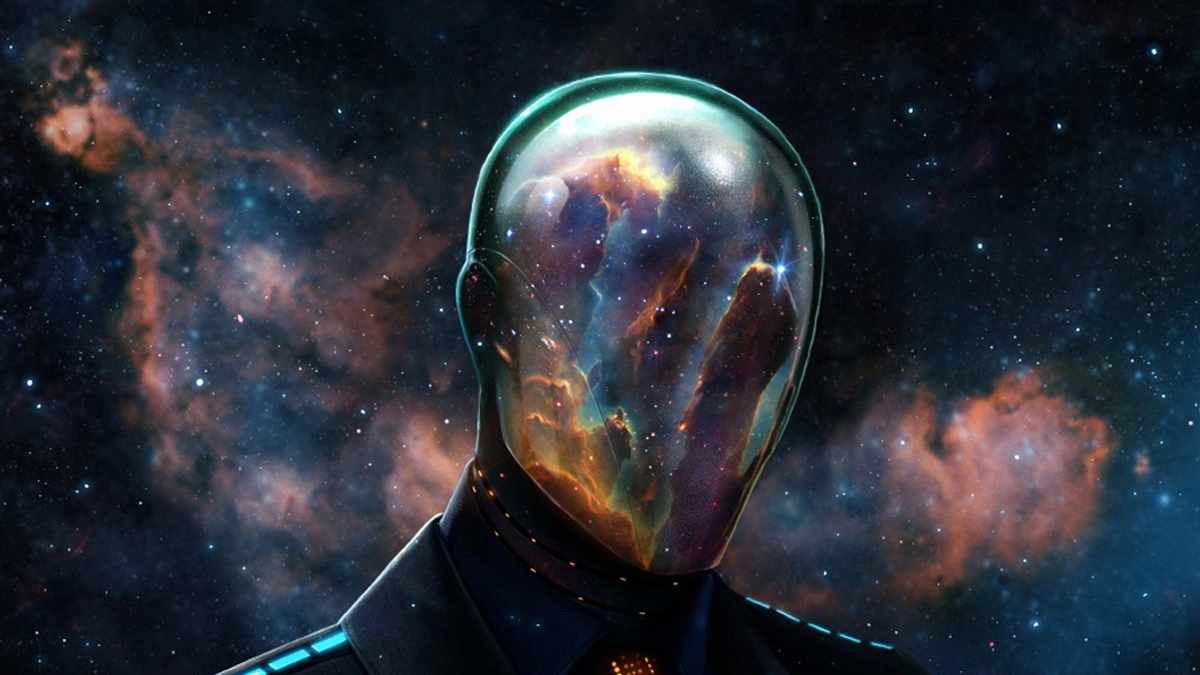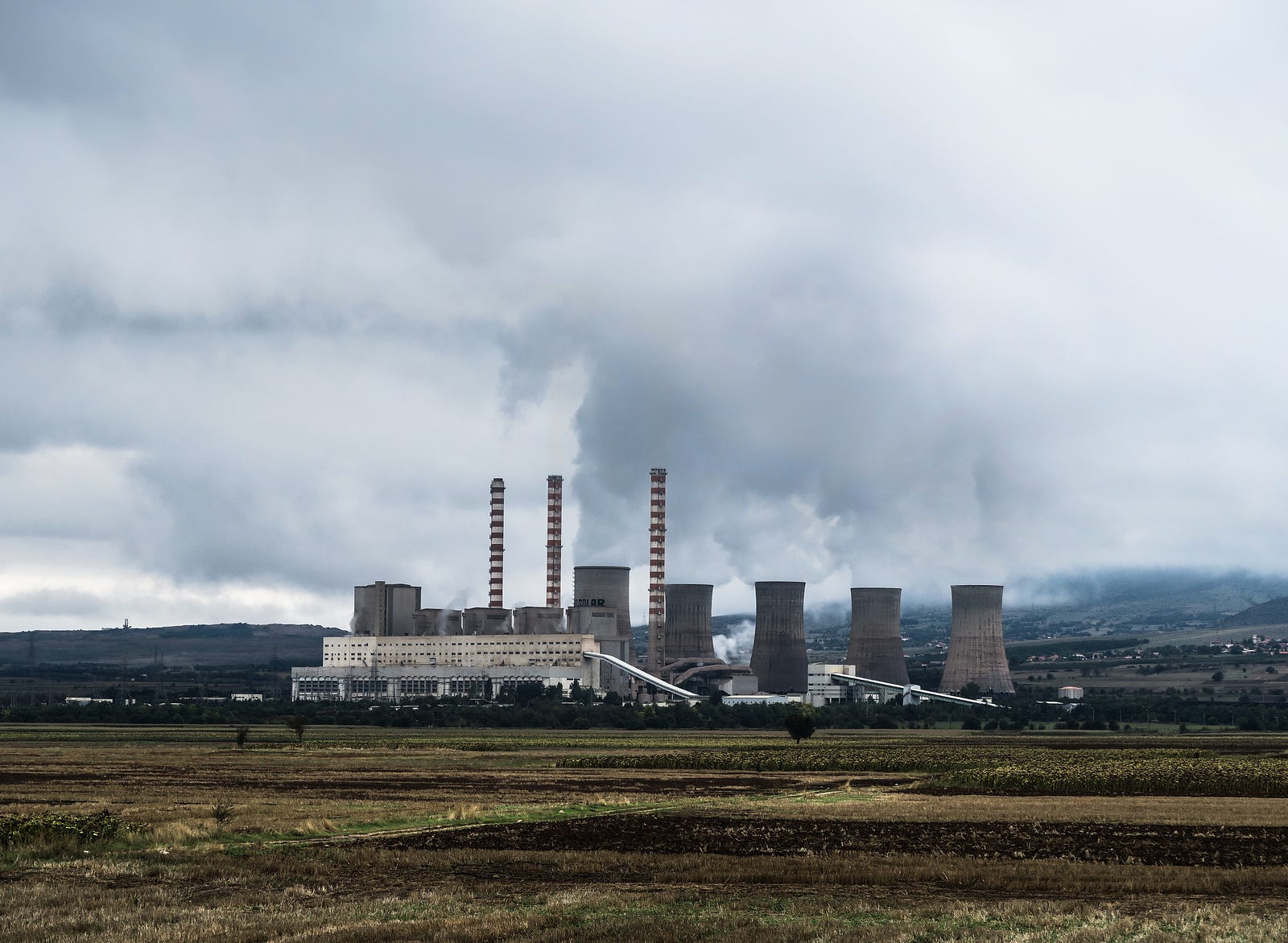Culture
The universe is conscious, nature is intelligent... and the future is ours
- 13 min read
Kenny Ausubel of Bioneers - Imagining Our Way Out of the Unimaginable
Kenny Ausubel of Bioneers - Imagining Our Way Out of the Unimaginable

Kenny Ausubel of Bioneers - Imagining Our Way Out of the Unimaginable
Kenny Ausubel is an award-winning social entrepreneur, author, journalist and filmmaker. He is the Founder and CEO of Bioneers, the internationally recognized nonprofit dedicated to disseminating breakthrough solutions for restoring people and planet. He launched the annual Bioneers Conference in 1990 with his business partner and wife Nina Simons, Bioneers Co-Founder and President.
Kenny is a writer, filmmaker and media professional. Since 2004, he has served as executive producer and co-writer of the award-winning international radio series The Bioneers: Revolution From the Heart of Nature. He acted as a central advisor to Leonardo DiCaprio’s feature documentary, The 11th Hour, and appears in the film.
He has written four books and edited several volumes of the Bioneers anthology book series. His most recent book Dreaming the Future: Reimagining Civilization in the Age of Nature (Chelsea Green 2012) won the Nautilus Grand Gold prize in the Ecology-Environment category. He writes for the Huffington Post.
Since 1990, Bioneers has acted as a fertile hub of social and scientific innovators with practical and visionary solutions for the world's most pressing environmental and social challenges. Subscribe to the Bioneers Radio Series, available on iTunes and other podcast providers and on your local radio station.
www.bioneers.org
Opening Remarks from the 2016 Bioneers Conference
“If we appear to seek the unattainable, then let it be known that we do so to avoid the unimaginable.” So wrote Tom Hayden in the Port Huron Statementthat launched the world-changing 1960s student movement and defined a generation.
As Mark Twain reputedly quipped, “History does not repeat itself, but it does rhyme.” In today’s resonant era of epic change, the unimaginable is the perfect storm of climate disruption and extreme inequality colliding with our brittle global civilization.
Our challenge is to imagine our way out of the unimaginable. As Michael Meade reminds us, “The deepest power of the human soul is imagination. When human beings bring imagination to the situation, we join the agents of creation.”
The years from now through 2020 will be the decisive window to re-imagine civilization in the Age of Nature — to begin to reverse climate disruption, restore the natural systems on which all life depends, and effectively address global inequality and injustice.
The solutions residing in nature surpass our conception of what’s even possible. Nature has a profound and mysterious capacity for healing. We’re learning to work with nature to heal nature, and in the process, heal ourselves.
But this transformation will take far more than technical solutions. It calls for a fundamentally different way of seeing and being. Carl Jung called this kind of civilizational threshold “kairos,” an ancient Greek idea that means the right moment for a changing of the gods — a shift in our fundamental worldview, principles and paradigms.
We’re living in a time of great awakening: the realization that everything is connected — that ecological healing and social justice are one notion, indivisible. We can have peace with the Earth only when we practice justice with each other, a process that will never end.
If we’re to survive as a civilization, we’re called upon to heal our deep social wounds and divisions from a place of beloved community. Today that beloved community must extend beyond the human to the entire Earth community.
Twenty-seven years ago, the founding premise of Bioneers was that the solutions are largely present, or at least we know what directions to head in. Today that’s both more and less true. On the one hand, a growing constellation of visionary innovators has illuminated a landscape riotously alive with solutions both visionary and practical. We’re way down the pike blazing new directions, some of which are starting to move the mainstream.
On the other hand, unattended problems such as climate disruption have morphed into predicaments with no ready fix or near-term solution. Like the Sorcerer’s Apprentice, we’ve unleashed forces far beyond our control. Global weirding is unraveling life as we’ve known it.
Everything is going to change. The only question is how. That’s where we bioneers come in.
What we’re witnessing today is a genuinely unprecedented conjunction of movements. People are coming together across diverse issues and difficult differences and divides to make common cause to restore nature and our human communities.
Colette Pichon Battle of the Gulf Coast Center for Law & Policy says this:, “People are saying, ‘I see you. I hear you. Let’s work together to figure this out.’ To really advance equity, The Climate movement needs to meet the Black Lives Matter movement. The Gender Justice movement needs to meet the Indigenous movement. We’ve got to start intersecting on purpose.”
They say the best way to predict the future is to create it. Large and rapidly growing movements are reimagining how to fast-forward the transition off fossil fuels, build green infrastructures and economies, and scale resilience strategies. Simultaneously, people are reimagining how to overcome inequality, racism, sexism and the democracy deficit.
Our charge in these fateful coming years is to turn moments into movements — and to convert movements into lasting systemic and structural change in law, policy, governance and culture.
So, you might ask, if all these solutions are on tap, why haven’t they been implemented more widely?
We’ve not developed ways as a society to think about long-term change. As Farhad Manjoo observes about today’s future-shocked world, “Crises are arising daily from our collective inability to deal with ever-faster change. Technology is altering the world. National governments are in a slow-moving war for dominance with a handful of the most powerful corporations the world has ever seen — all of which happen to be tech companies.
“We now have ‘future blindness’ in the headlights of a tomorrow pushed by a few large corporations and shaped by the inescapable logic of hyper-efficiency.”
The rhinoceros in the room — with no disrespect to rhinoceri — is corporate power.
The current level of corporate and financial concentration is unprecedented. We’re living on a giant Monopoly board.
· Ten asset-management firms manage about $20 trillion globally, an outlandishly unprecedented concentration of capital.
· Ten corporations control virtually all US military contracting, half the semiconductor and chip markets, and 73% of global auto sales.
· Eight companies own nearly all US broadcast and cable networks.
· Five banks control about half of all US banking assets, higher than in 2008.
· Four corporations own 83.5% of the beef market, and 60% of the hog and broiler chicken industries.
· Three control 99% of the US pharmaceutical market.
· Two dominate global aircraft manufacturing.
· One, Google, has up to 90% of online searches globally outside China.
If you’re waiting for a partridge in a pear tree, the list goes on — and on. When people say “free markets,” ask if “free” is a verb.
Monopoly is disastrous for the economy. Lack of competition raises prices and lowers wages. It stifles innovation and entrepreneurship. Customers have nowhere else to go, so service can and does suck.
These cartels also have a monopoly on political power. Punch your ticket to the “democracy theme park.”
The occult technology of monopoly power runs on systemic collusion and interlocking networks of management and control. In 2011, three systems analysts at the Federal Institute of Technology in Zurich mapped the towering edifice of global economic power. They built the first-ever in-depth international model of who owns what and what their revenues are.
Just 737 interlocking networks control 80% of global corporate economic activity. Just 147 corporate entities control 40% of wealth in the network.
Some behavior is out-and-out criminal according to existing statutes. Most of it is murky or technically legal, costing the rest of us trillions of losses in taxation and retail costs. What’s most criminal is what isn’t considered a crime.
Hiding large sums in fake shell companies is the nervous system of how global power elites operate.
The U.S. ranks third in the world in financial secrecy, almost as good a haven as Panama and the Cayman Islands. So many of the world’s most powerful groups benefit that no one in power remotely wants a transparent system.
Legal corruption includes the titanic “income defense industry” to shield profits and wealth from taxation and scrutiny. The Tax Justice Networkestimates that up to $32 trillion is stashed away in tax havens globally.
If all the Fortune 500 companies paid taxes on their sheltered profits, the government would garner a whopping $717 billion in revenues. The entire 2015 US federal budget deficit was $438 billion.
The list of illegal activities is so long that you could make a dent in deforestation by recycling the shredded documents. The scale is like a cartoon super-villain.
When these companies do get busted, it’s a corporate catch-and-release program with a fine that’s like a stingy tip for a royal banquet. Only minor employees are ever punished. Usually only the whistle blowers land in real trouble.

About 2/3 of the world’s CO2 and methane emissions dating back to the birth of the industrial era have been the responsibility of just 90 corporations. These “carbon majors” now face serious liability: fraud and civil conspiracy charges for funding climate-deniers while internally acknowledging the chilling science of global warming. They also bear a severe market risk: the inevitable global transition off fossil fuels. They will fight to the bottom of the 55-gallon barrel. The world is at stake.
This corporate racketeering is principally what stands in the way of implementing real solutions to create a restored world. The system is the crime.
The only way to arrest a vicious circle is with an intervention. Too-big-to-fail or too-big-to-jail means too big and go to jail. A growing movement is rising to revoke corporate personhood and corporate rights. A complementary movement is seeding a distributed clean economy with democratized ownership founded in values of ecological wellbeing and the public good.
As Buckminster Fuller Institute Board Chair David McConville points out, scientists warn that we’re “tipping toward the unknown in a high-stakes game of unwittingly crossing planetary boundaries of the safe operating space of humanity. When we return to our senses, we actually find this is still the only place we’ve discovered that supports life. We’re all indigenous earthlings.”
It’s objectifying and commodifying nature that has led us to this precipice of the unimaginable. We need to institute legally enforceable Rights for Nature.
Meanwhile our very understanding of nature is undergoing an epochal paradigm revolution. Says anthropologist Jeremy Narby, “Scientists are starting to talk like shamans, and shamans are starting to talk like scientists.
“Science has looked at nature as a bunch of objects that do things automatically without intelligence or consciousness. What shamans and indigenous cultures have been saying for a long time is increasingly confirmed in scientific research: There are persons in these other beings with intelligence, intentions and consciousness.”
Over the past two decades there has been a revolution in vegetal biology. Science now shows that plants appear to be sentient beings. They perceive light, smell, touch, water and many more variables than we do. They can learn, remember, and communicate. They exhibit the traits we associate with personhood.
Experimental science has confirmed that plants can see when you’re standing next to them, and the color of your shirt. They don’t have eyes, but they have the same photoreceptor proteins all over their bodies that humans have at the back of the retina.
Plants don’t have brains, but they translate information into electrical-chemical signals in their cells identical to the ones used by our own neurons. “A plant may not have a brain, but it acts like a brain,” says Narby. “The word ‘neuron’ comes from the Greek for ‘vegetal fiber.’ Neurons actually look like the cut of the inside of a plant.”
Research over the past 30 years has illuminated a profound intelligence throughout nature. Dolphins and many other animals recognize themselves in a mirror, long a scientific measure of intelligence. Pigeons have better memory for paintings than do college students. Sheep have better memory of human faces than humans have. Bees that are invertebrates with brains the size of a grain of sugar can consistently process abstract concepts in tests that require perceiving difference and sameness.
But you gotta give it up slime molds. In every single test, these single-celled, brainless mucus-like blobs that can reach the size of a human hand perfectly solve mazes, another measure of intelligence. Slime molds are so expert at setting up intelligent tubing networks that biomimetic researchers are studying them to successfully design solutions to traffic problems and pipeline architecture.
The word “intelligence” is derived from the Latin meaning “to choose between” — to make decisions. Clearly intelligence is pervasive throughout nature, and it’s high time to expand our view of personhood to the natural world — and not to corporations.
This is what a scientific revolution looks like in real time.
As Narby concludes, “There seems to be intelligence in nature, but there is certainly stupidity in culture. All kinds of poor decisions are made by human beings. An intelligent species does not eat itself out of house and home. It does not pollute its own home. We are a young species whose capacity to store knowledge in culture and language turbo-charged our capacity to dominate other species. It’s like an adolescent being promoted to President of the United States. What’s on the menu for us is to become mature. We’ve got to learn fast.”

All this begs the ultimate mystery of consciousness itself. As the biologist Lyall Watson put it, “We did not come into this world. We came out of it, like buds out of branches and butterflies out of cocoons. We are a natural product of this earth, and if we turn out to be intelligent beings, then it can only be because we are fruits of an intelligent earth, which is nourished in turn by an intelligent system of energy.”
We don’t have a clue what consciousness is. Emergent theories in neuroscience and newly energized philosophical traditions suggest it’s an intrinsic property throughout nature and the cosmos.
Leading neuroscientist and consciousness researcher Christof Koch went to India to explore this mystery with the Dalai Lama. The two concurred on almost every point. Commented Dr. Koch. “I was confronted with the Buddhist teaching that sentience is probably everywhere at varying levels. When I see insects in my home, I don’t kill them.”
In closing, I’d like to share the words of author and Indigenous activist Penny Opal Plant.
“Human beings imagined all the things that are wrong. We made it up. Now it’s time for us to imagine the world beyond all of the harms. That’s the most exciting part of our job. Our collective imagining of the future, of tomorrow — it’s just tomorrow, it’s right there. I can taste it. I can feel it. I can see it. We can do this. This is what we get to do!”


